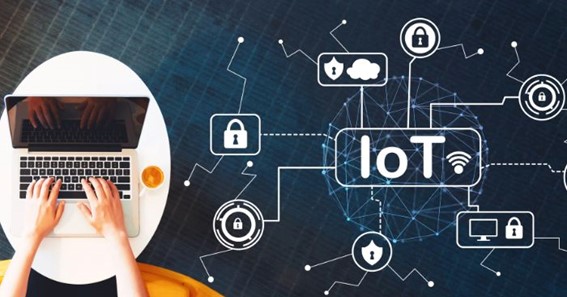With the advent of 5G technology, the Internet of Things (IoT) is set to become more powerful and transformative than ever before. 5G networks are the fifth-generation mobile networks that promise to revolutionize the way we use our smartphones, tablets, and other connected devices. As 5G technology continues to roll out across the world, it is expected to unleash the full potential of IoT, creating endless possibilities for businesses and individuals alike.
What is the Internet of Things?
The Internet of Things (IoT) refers to the network of interconnected devices that can communicate with each other and exchange data without the need for human intervention. This includes everything from smart home appliances like thermostats and lighting systems to wearable devices like fitness trackers and medical sensors. The IoT has the potential to transform our daily lives, making them more convenient, efficient, and secure.
What is 5G?
The fifth generation of mobile network technology is abbreviated as 5G. It promises to deliver faster download and upload speeds, lower latency, and greater reliability than any of its predecessors. 5G networks are expected to be up to 100 times faster than current 4G networks, with latency as low as 1 millisecond with excellent throughput. This will enable a whole range of new applications and use cases, from autonomous vehicles and virtual reality to remote surgery and smart cities.
The Benefits of 5G for IoT
The combination of 5G and IoT is a powerful one. Here are just a few of the benefits that 5G will bring to IoT:
Faster Data Transfer Speeds: 5G networks will enable faster data transfer speeds, which will allow IoT devices to communicate with each other in real-time. This will be particularly useful for applications like autonomous vehicles, where split-second decisions can be a matter of life and death.
Lower Latency: 5G networks will have lower latency than 4G networks, meaning that data can be transmitted more quickly between devices. This will be important for applications like remote surgery, where any delay in data transmission could have serious consequences.
Greater Reliability: 5G networks will be more reliable than 4G networks, which will be important for applications like industrial IoT, where downtime can be costly.
More Devices: 5g mobile networks will be able to support more devices than 4G networks, which will be important as the number of connected devices continues to grow.
Endless Possibilities for IoT with 5G
The combination of 5G and IoT opens up a whole range of new possibilities for businesses and individuals. Here are just a few of the potential applications of 5G-enabled IoT:
Smart Homes: With 5G-enabled IoT, homes can become even smarter than they are today. For example, a 5G-enabled thermostat could learn a homeowner’s schedule and automatically adjust the temperature accordingly. A 5G-enabled lighting system could detect when a room is empty and turn off the lights to save energy.
Smart Cities: 5G-enabled IoT could transform cities into smart, connected ecosystems. For example, sensors embedded in roads and bridges could detect when repairs are needed and alert maintenance crews in real-time. Smart traffic lights could optimize traffic flow based on real-time data.
Healthcare: 5G-enabled IoT could revolutionize healthcare. For example, wearable devices could transmit real-time data to doctors and nurses, allowing them to monitor patients remotely. Robotic surgery could be performed remotely, with surgeons controlling the robots from a distance using 5G networks.
Logistics: 5G-enabled IoT could make logistics more efficient than ever before. For example, sensors embedded in packages could track their location and temperature in real-time, ensuring that they arrive at their destination in perfect condition. Autonomous vehicles could be used to transport goods, reducing the need for human drivers.






